Long before the age of viral videos and animal influencers, one remarkable equine personality galloped into the hearts of television viewers. This phenomenon was none other than Mr. Ed, the talking horse. With a witty personality and an uncanny ability to communicate with his human co-stars, Mr. Ed became an icon of classic American television. The series, which aired from the early 1960s, showcased the comedic adventures of a horse who could speak, but only to his owner, much to the audience’s delight.
Unveiling Mr. Ed’s True Identity: The Equine Star Behind the Character
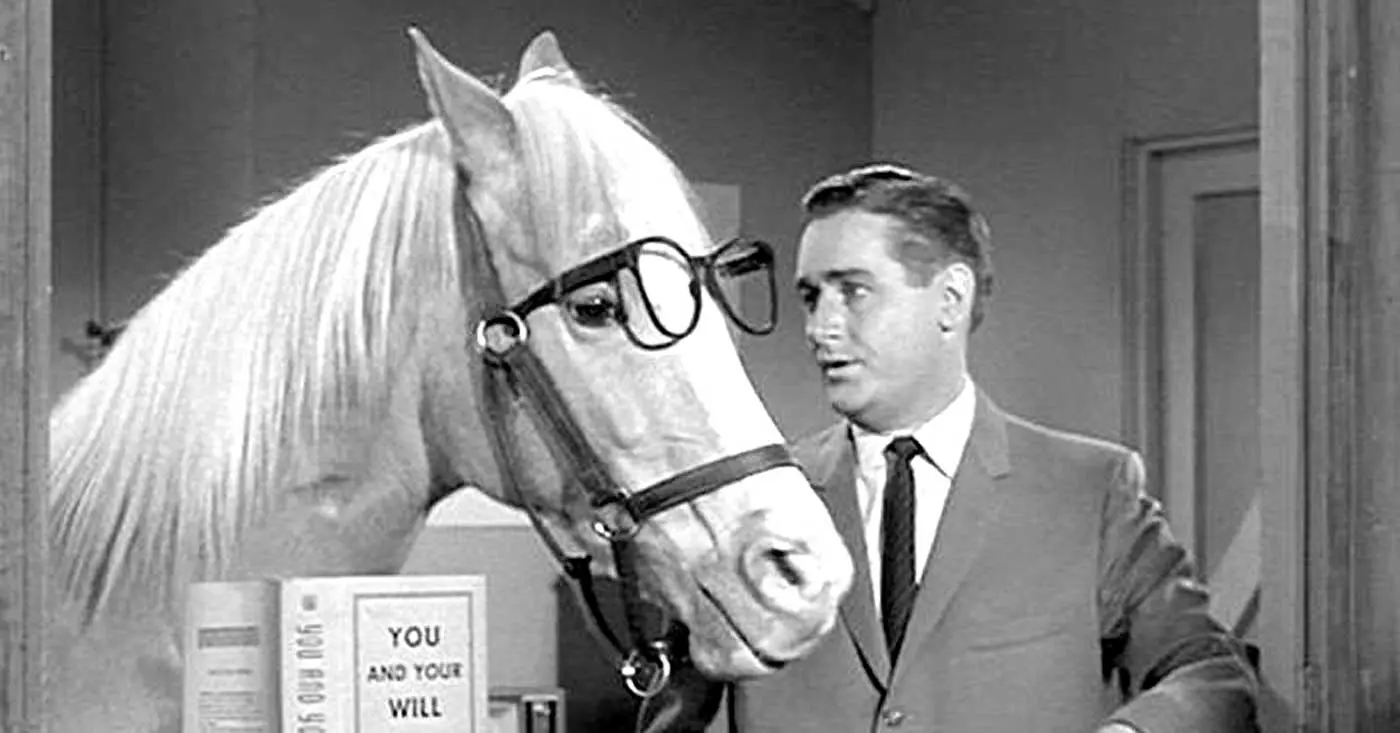
The true identity of the Mr. Ed equine star was a closely guarded secret during the show’s heyday. The charismatic horse that played Mr. Ed was known as Bamboo Harvester. Born in 1949, this talented animal actor was more than just a fixture on the small screen; he became a cultural icon whose legacy endures to this day.
The Origin Story of Mr. Ed and His Hollywood Journey
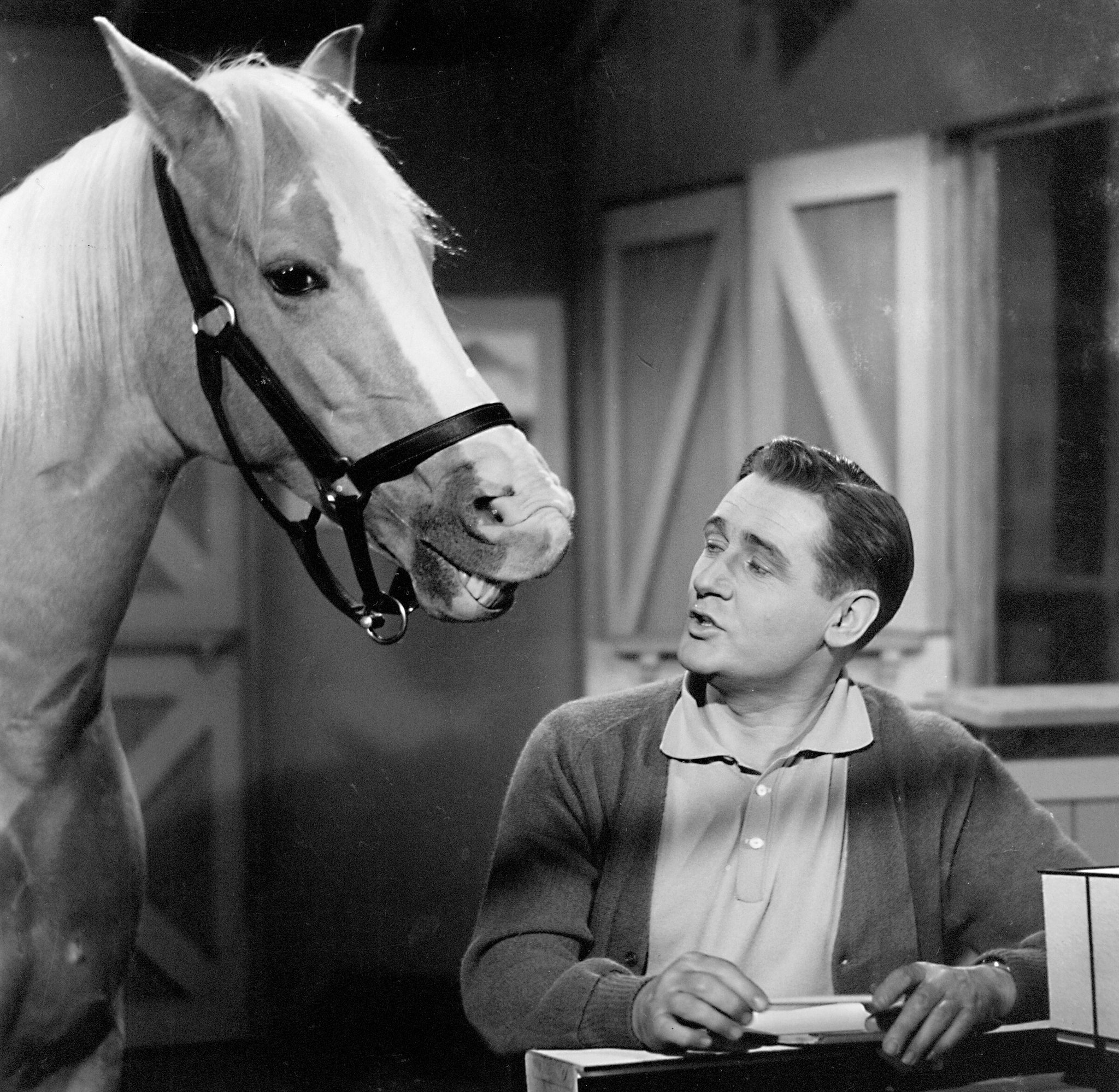
Bamboo Harvester’s journey to stardom began with his discovery by the show’s animal trainer, Lester Hilton. Recognizing the horse’s natural presence and potential, Hilton groomed Bamboo Harvester for the role that would make him a legend. The original concept for the show was adapted from a series of short stories by Walter R. Brooks, setting the stage for what would become a memorable part of television history.
Mr. Ed’s Breed: The Palomino Horse Legacy in Show Business
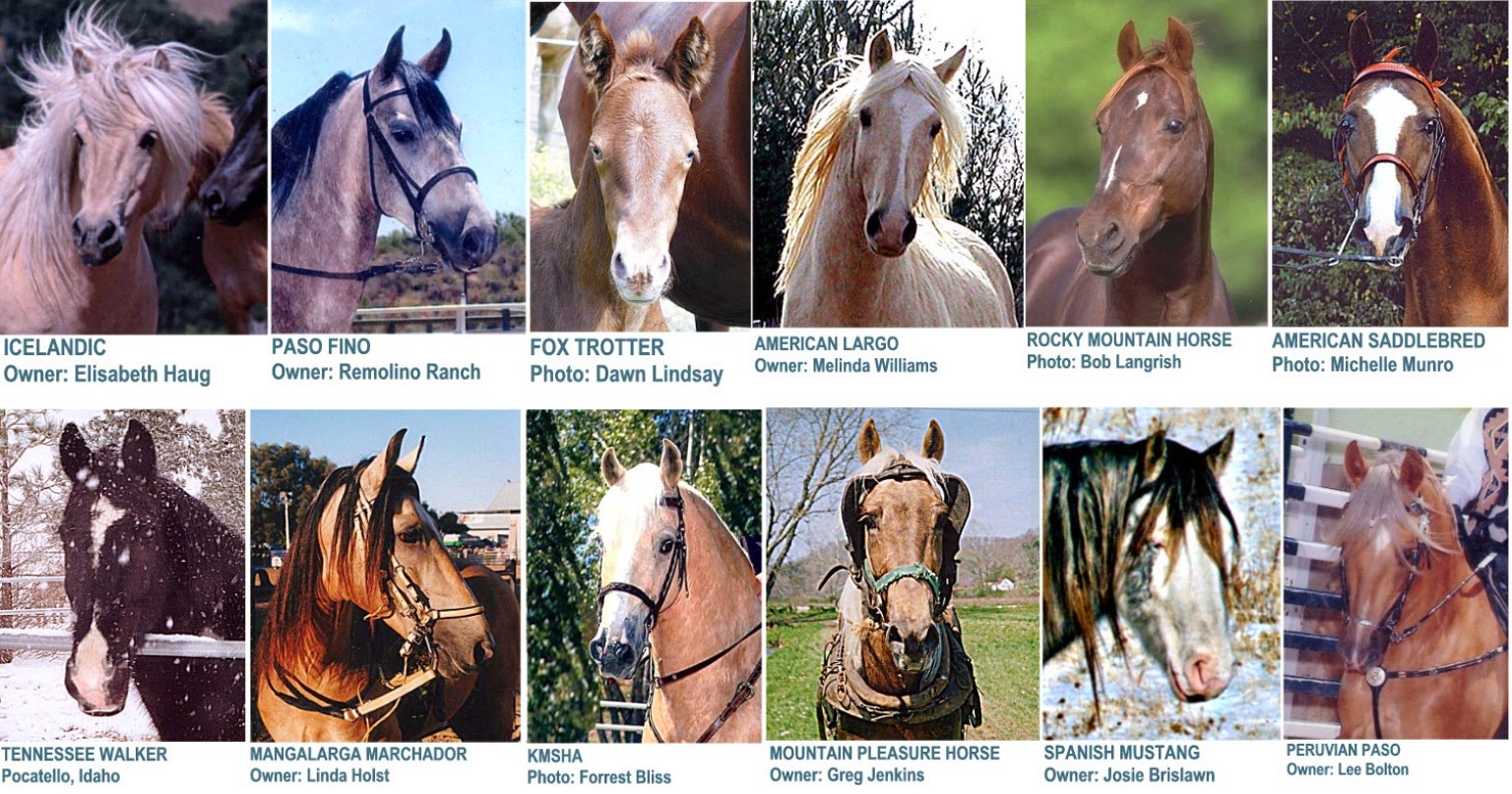
The Mr. Ed horse breed is the Palomino, known for its striking golden coat and pale mane and tail. Palominos have a storied presence in the entertainment industry, often being cast for their eye-catching appearance and regal demeanor. Mr. Ed was no exception, as his shining coat and charming personality made him an ideal star for the silver screen.
Characteristics of the Palomino Horse
- Golden coat color ranging from cream to a rich gold
- Mane and tail that are usually lighter than the coat, often white
- Well-muscled build and a refined head with expressive eyes
The Representation of Palominos in Classic Television
In classic television, Palominos frequently appeared as the noble companions of cowboys and heroes, symbolizing both beauty and strength. These Hollywood horses have graced the screen in various forms, from Westerns to family shows, solidifying their place in show business.
The Training and Performance of Mr. Ed: How a Horse Learned to “Talk”
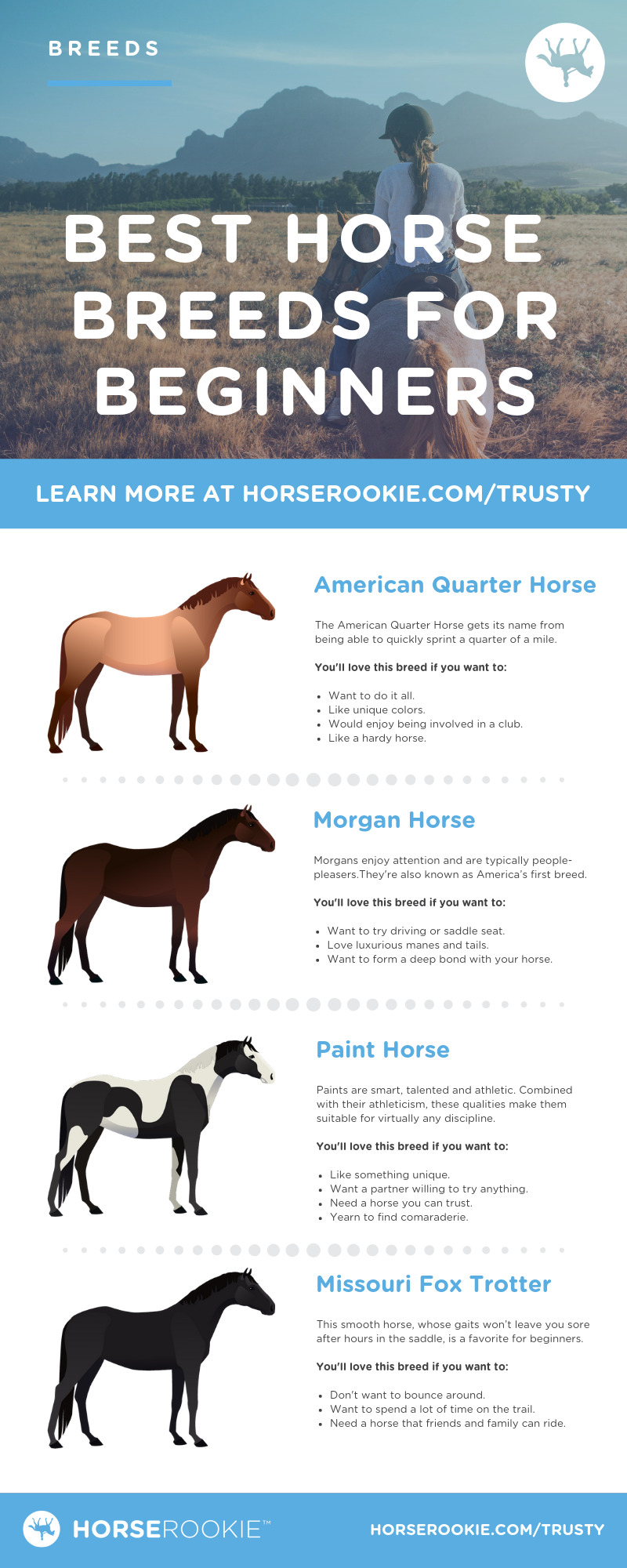
The training that went into Mr. Ed’s performance was intensive and innovative. The illusion of a talking horse required patience, skill, and a deep bond between the trainer and the animal actor. Bamboo Harvester was trained to move his lips on cue, creating the illusion of speech that captivated audiences and contributed to the show’s success.
Animal Actors in Hollywood: The Unique Talents of Mr. Ed
Animal actors like Mr. Ed hold a special place in Hollywood history. Their unique talents and abilities to connect with viewers through the screen are a testament to their trainers and the animals’ intelligence. Mr. Ed, in particular, stood out for his ability to perform a wide range of behaviors on cue.
Techniques Used in Creating the Illusion of a Talking Horse
The techniques used to create the illusion of Mr. Ed talking involved a combination of training and on-set tricks, including the use of peanut butter to encourage lip movement. The result was a seamless performance that made it easy for viewers to suspend disbelief and enjoy the humorous dialogue.
Famous TV Show Horses: Mr. Ed’s Contemporaries and Successors
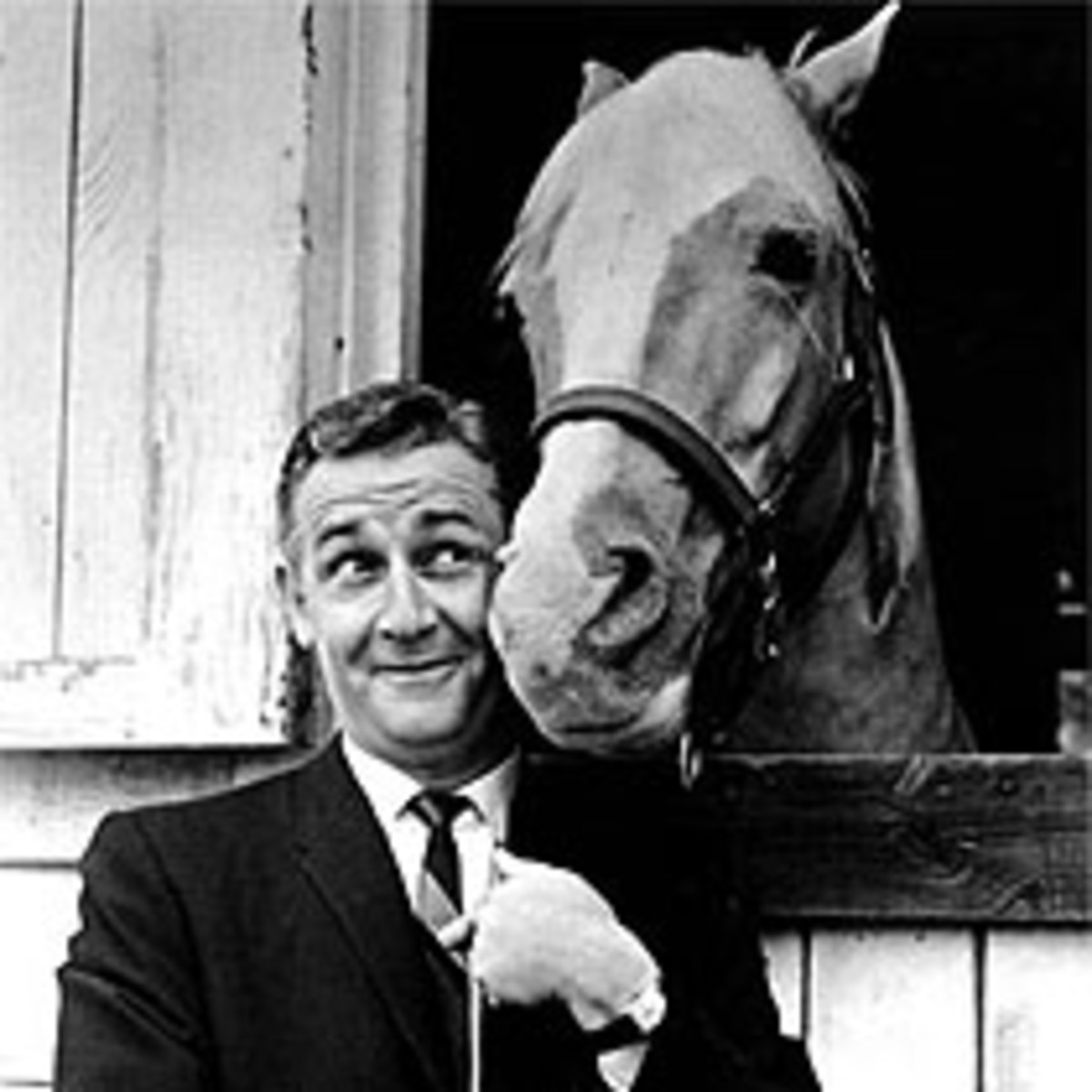
Mr. Ed was not alone in the pantheon of famous TV show horses. He shared the spotlight with other equine celebrities who also left their mark on the entertainment industry. From Westerns to modern dramas, these horses have entertained audiences for generations.
Comparing Mr. Ed to Other Classic Television Horses
When comparing Mr. Ed to other classic television horses, it’s apparent that while many horses played roles as trusty steeds, few could match the charisma and uniqueness of a talking horse. Mr. Ed’s ability to engage in witty banter set him apart from his contemporaries.
Legacy of Famous Animal Actors
The legacy of famous animal actors extends beyond their time on screen. They have often paved the way for advancements in animal welfare in the entertainment industry and have left indelible impressions on popular culture. These Hollywood horses are remembered for their contributions to the joy and wonder of storytelling.
Mr. Ed’s Off-Screen Life: The Bond with Co-Actors and Retirement
Off-screen, the bond that Bamboo Harvester, the Palomino horse behind Mr. Ed, shared with his co-actors was evident. Stories from the set recount a mutual affection and respect between the horse and his human counterparts. In retirement, Bamboo Harvester lived a quieter life, away from the cameras but cherished by those who cared for him until his passing.
Remembering Mr. Ed: The Impact and Legacy of the Show
The impact and legacy of Mr. Ed continue to be felt long after the show’s original run. As a pioneer among talking horse shows, it set a precedent for how animals could be portrayed on screen and inspired future generations of animal actors.
Reflections on Mr. Ed’s Cultural Influence
Mr. Ed’s cultural influence is reflected in the show’s enduring popularity and the nostalgia it evokes. The series broke new ground in television and contributed to a broader acceptance and love for animals in entertainment.
Where Are They Now? The Fate of Famous Hollywood Horses
Many famous Hollywood horses have found sanctuary in retirement homes dedicated to caring for former animal actors. These facilities allow them to live out their days in peace and comfort, a fitting tribute to their contributions to the entertainment industry.
If you’re curious about famous horses from film and television, you might be wondering about the type of horse that starred in the classic show ‘Mr. Ed’. While we dig into that, you may also be interested in learning about other horse types and related trivia. For instance, discover the breed behind the beloved horse Flicka by checking out our article on what kind of horse is Flicka. Or, if you’re fascinated by the powerful breeds used in historical battles, our piece on what is a charger horse is definitely worth a read. Additionally, if you’re curious about equine aging, our article discussing how old horses can get offers great insight into their lifespan and care.
Conclusion: Mr. Ed’s Everlasting Hoofprint in Television History
In conclusion, Mr. Ed’s everlasting hoofprint in television history is a testament to the charm and innovation that the show brought to American homes. The series not only entertained but also opened our hearts to the talents and personalities of animal actors. As we reflect on the Palomino horse that could “talk,” we remember a time when the line between the impossible and the magical was joyfully blurred on our television screens.



